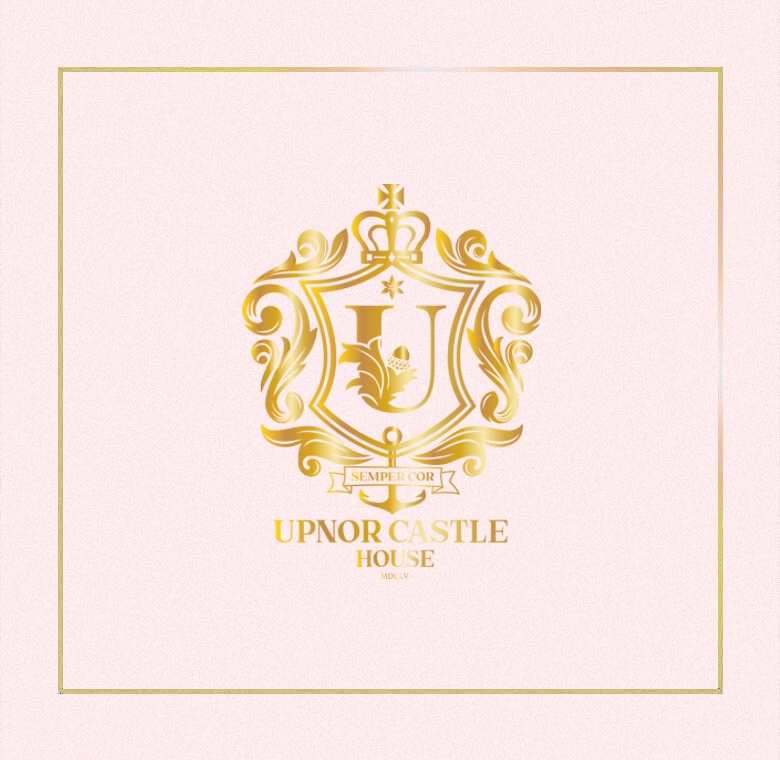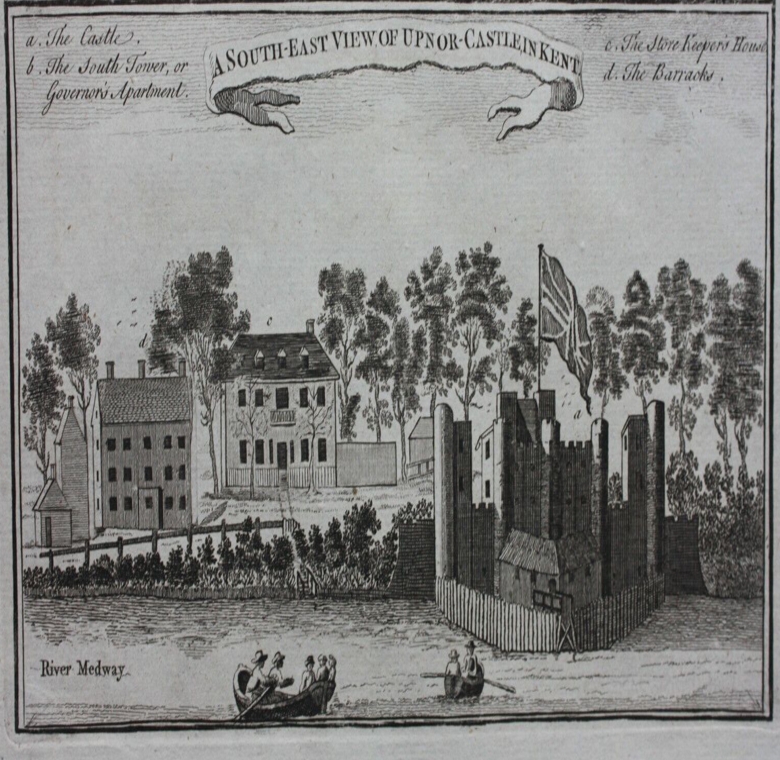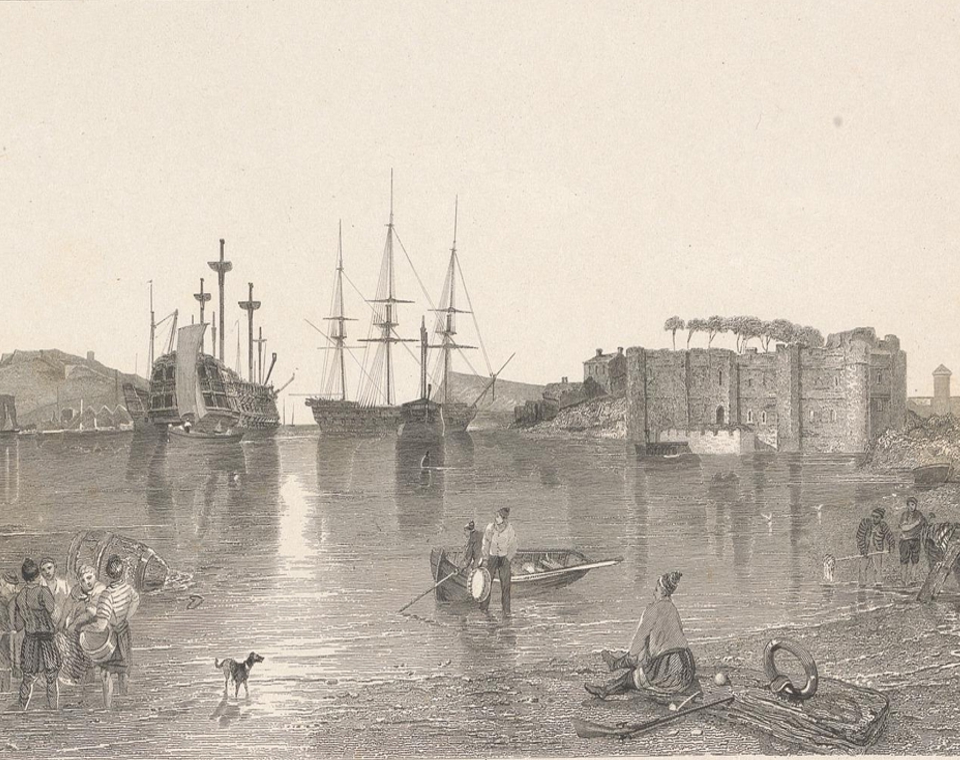



WHERE HISTORY, HEART & SERENITY CONVERGE.
An elegant and comfortable historic English country house dating from the 17th century and extended circa 1800. Listed Grade II and set in 4 acres. Upnor Castle House was built by the Admiralty as a cottage for the senior officer in charge of the castle, which was tasked with protecting warships at nearby Chatham dockyard. It was expanded to become a fine example of a Georgian country home. In later years it became married living quarters for high-ranking army and Royal Navy personnel.
UPNOR CASTLE HOUSE - History
The house was built by the Admiralty to provide accommodation for the senior officer in charge of Upnor Castle and over the centuries has witnessed its fair share of events. During the Civil War Upnor Castle and its associated buildings fell into Parliamentary hands, only to be taken by the Royalists in 1648 and retaken by the Parliamentarians following the batter of Maidstone in June 1648. By then the buildings were in poor condition and Admiral Howard ordered the defences at Upnor to be upgraded and the work overseen by Sir John Leveson.
The earliest building at Upnor Castle House was thought to have been a small two storey dwelling but the improvements in the mid-seventeenth century probably included the first phase of the present house. Although the exact date is not known a small silk and leather shoe, which was found during the course of restoration work, has been dated to between 1660 and 1680. Hiding a shoe in a wall or loft space was a custom which was though to keep away evil spirits and bring good luck.
In 1807 the Admiralty once again decided to upgrade England’s defences and it is believed it was at this point Upnor Castle House was enlarged and re-fronted. The likely architect was Edward Holl, architect to the Navy Board. This gave Upnor Castle House the very elegant Georgian façade overlooking the gardens which run down to the Castle grounds. The spacious reception rooms and principal bedrooms on the first floor clearly signify this was a house of some importance.
During the Second World War Upnor was to see action once more. In June 1941 two German bombs fell in the grounds of Upnor Castle House. The house survived with only minor damage, but small pieces of shrapnel can still be found buried in the door frame and shutter of the first floor guest bedroom.

Upnor Castle by Joseph Mallord William Turner circa 1829 -30


Aerial view of Upnor Castle at Sunset, with Upnor Castle House in the background.
Castle Upnor , 1833, Line Engraving by James Baylis Allen (1803 - 1876)

